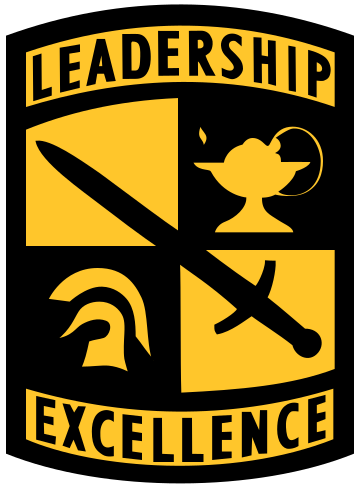College is a time where ambitious young people begin their first venture into becoming an independent adult. The university system provides a wide range of organizations that allow students to develop their professional skills outside of the classroom. One such program is ROTC, or the Reserve Officer Training Corps, which prepares students to serve in the military as leaders after graduation. However, with today’s turbulent political climate, controversy has surrounded the fitness of people serving – namely transgender folk, as made clear by the Trump administration’s recent proposal to ban them from the armed forces altogether. The military is an industry dominated by traditional masculine ideals. How do women fit into that frame?
The military is historically represented by masculine ideals. In reference to an article written by Jennifer Silva titled A New Generation of Women?, women have been expected to possess both masculine traits such as self-control and stoicism while also “negotiating” the nurturing and comforting feminine traits. Due to this, women have faced struggles accessing ROTC programs in the past – namely with combat roles. In her article Gender and Leadership, Darba Mahoney notes that women weren’t granted professional military status until 1948. The federal government is making efforts to make ROTC more inclusive to women, and allow them to become leaders in the military. However, ROTC programs also tend to make decisions with bias towards traditional masculine ideals of a soldier.
ROTC programs are more inclusive today in terms of acceptance. Since 1975, women have had access to all branches of ROTC. Women also express acceptance and positive attitudes toward the gendered structure of ROTC programs. Women find the military as a form of empowerment. According to the study conducted by Silva at UNC, women in her sample endorsed ROTC culture as instilling strength and assertiveness in their roles as female cadets. They view the nontraditional atmosphere of being a female cadet as exciting. It promotes an exercise against gender biases. On the contrary, those same women feel the need to act “weak” or compete to express femininity to attract men. In Silva’s research, a fair point is made claiming these issues existing in the military could be a silver lining, as they highlight problematic gender differences existing today. The military as an institution is progressing, but women still face many gendered issues within, and it starts with ROTC.

